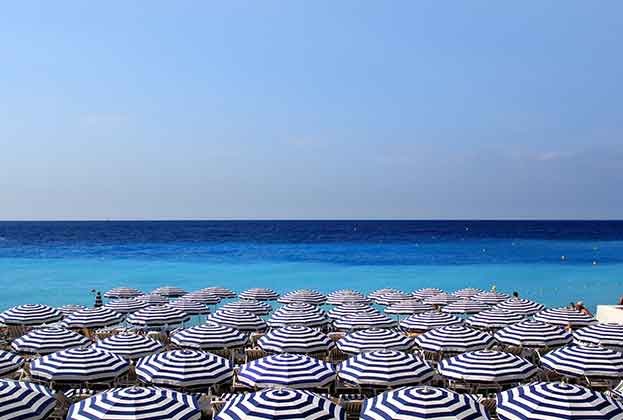Scotland is a small country with a population of just over five million, but there are up to 50 million people with Scottish roots worldwide. Many are of Highland descent and have an extensive knowledge of their family’s history. Those who return to explore their Scottish ancestry are reunited with fellow clan members at clan gatherings, still held regularly in Scotland.
A Scottish clan, meaning family or children in Gaelic, is all about common kinship. Clan members are united through the sharing of a name, bloodline, tartan and chief. Equally importantly they are linked by a common place of origin.
The clans occupied the Highlands of Scotland and had a very different culture to the lowland Scots. The system was based on kinship rather than property ownership with the clan chief having absolute power over his people, including the ability to call clan members into battle. It was a harsh existence, with border disputes and livestock theft often leading to violent conflict between neighbouring clans.
All clans can trace their routes back to specific regions of Scotland, such as the Macdonalds in the Western Isles, the Campbells in Argyll, the Stewarts in Moray, the Macleods of Skye and the Macnabs (of which I am 24th Chief of Clan) of Perthshire. Many titles and clan names were derived from the land they controlled, such as the Ogilvies of the Barony of Ogilvy in Angus, the Duke of Atholl and the Duke of Argyll.
The clan system remained intact until the brutal Battle of Culloden in 1746, where Bonnie Prince Charlie’s Jacobite rebellion was severely defeated by the well-equipped Hanoverian army led by the Duke of Cumberland. Afterwards, legislation was passed to ban the wearing of tartan and to take power and property away from clan chiefs.
The clan system consequently came to an end, and was replaced by the property ownership system which was prevalent both in lowland Scotland and in England. Many highlanders left the country for a better life, and this exodus was increased by the Highland Clearances of the 18th and 19th centuries.
Yet the fascination with Scottish clans remains, with over 500 clan and family associations registered throughout the world. Many international buyers with Scottish ancestry return to buy property in their homeland. Even though they don't always buy in the area traditionally associated with their own clan, the country's rich and colourful clan history is all part of the attraction.
Further information
View available properties for sale in Scotland
(1).jpg)
.jpg)
.png)



.jpg)


.jpg)
